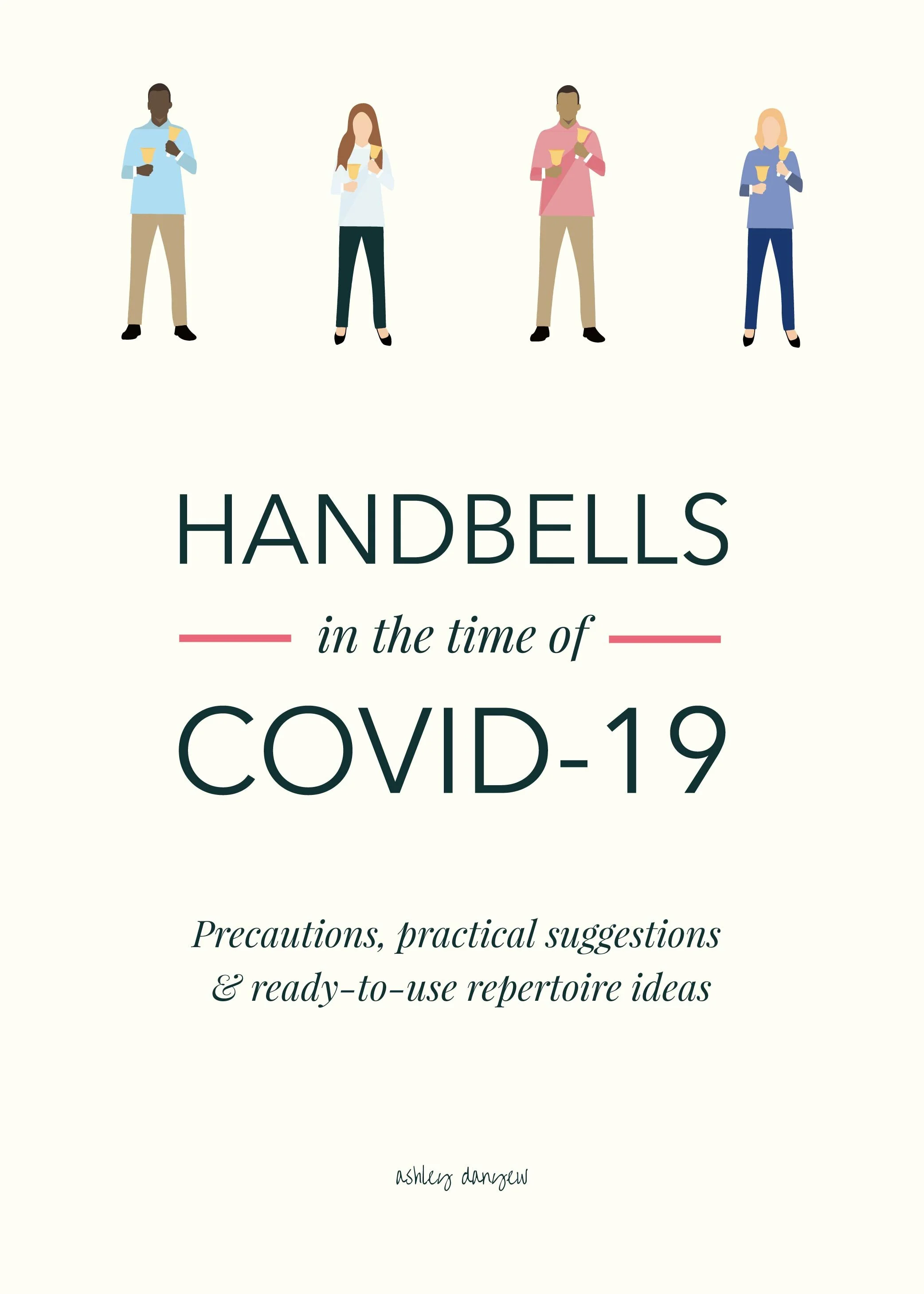Filing cabinets full of (hundreds of) bell choir pieces
Planning a Rehearsal Schedule
We've been in conversation with the Music Director about this for a few months now (since the previous bell choir director retired at the end of last year) and together, we decided it might be good to restructure things a bit.
Rather than asking people to commit to play in the group for the year, we created a short-term opportunity for November and December—six rehearsals in all.
Also, we moved the rehearsal time to Wednesdays right before adult choir to encourage people to come a little early and take part in both groups for a few weeks.
We wanted to give everyone the opportunity to participate, regardless of previous musical experience and/or reading skills. This made our planning a little more difficult but we chose a variety of repertoire and made up a few different bell assignment options, to accommodate the people who came the first week.
Choosing Handbell Music
We pulled a stack of pieces and resources to take home—things we thought might work for the first few weeks—and began planning.
Since the group is open to everyone, we knew we needed to start with an introduction to basic ringing techniques. Not knowing the reading level of the group, we planned a free improvisation activity (with everyone playing chord tones) to get the group playing and making music right from the beginning.
Next, we pulled a few rhythmic reading examples from Michael Keller's Developing Coordination Skills (though we notated a few rhythm patterns on the board rather than giving them the printed notation).
We found one of the Thompson/Callahan Begin to Ring books in the church music library and read the three settings of Holy, Holy, Holy (progressively more difficult). Since these arrangements call for only 15 bells (7 people), we wrote out optional chime assignments (to double the melody at pitch) to include four more people if we ended up with a big group the first night. We did the same thing for a setting of For the Beauty of the Earth (17 bells) in Al Zabel's Seventeen Handbell Processions.
I love having handbell acclamations at the beginning of worship (inspired by Music and Worship Arts Week at Lake Junaluska—read more here and here) and we thought this would be a fairly accessible way for the group to contribute to worship, even with our limited timetable.
Peal No. 1 in Hal Hopson's The Creative Use of Handbells in Worship calls for 9 bells (one per person) and we thought we'd use four chimes to double an ostinato pattern, if needed (another 2-4 people).
Last on our agenda was a setting of Simple Gifts (12 bells) arranged by Patricia Sanders Cota in Twelve Bells for Worship. Again, we found a repeated line that could be doubled by chimes, creating parts for three more players.
We made copies of the music to encourage people to mark their music (or color-code their part, if desired!). To save time, we put everything in order, based on our rehearsal plan.






















![Handbell Notation Guide [Infographic]](https://images.squarespace-cdn.com/content/v1/585c710603596e2c47dad93e/1491403915874-P2UH6FM8J1W1HM4UWP17/Handbell+Notation+Guide-02.png)


![The Joy of Children's Handbell Choirs [Video]](https://images.squarespace-cdn.com/content/v1/585c710603596e2c47dad93e/1482458472572-UQOTZ604Q6UKSIBZVYEZ/image-asset.png)













